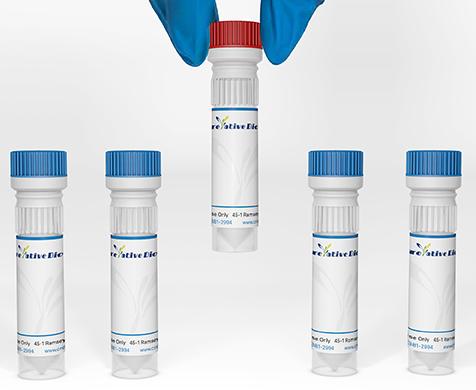CEP55 (Centrosomal Protein 55) is a Protein Coding gene. Diseases associated with CEP55 include Multinucleated Neurons, Anhydramnios, Renal Dysplasia, Cerebellar Hypoplasia, And Hydranencephaly and Meckel Syndrome, Type 1. Among its related pathways are DNA Damage and Cytoskeletal Signaling.
Full Name
Centrosomal Protein 55
Function
Plays a role in mitotic exit and cytokinesis (PubMed:16198290, PubMed:17853893).
Recruits PDCD6IP and TSG101 to midbody during cytokinesis. Required for successful completion of cytokinesis (PubMed:17853893).
Not required for microtubule nucleation (PubMed:16198290).
Plays a role in the development of the brain and kidney (PubMed:28264986).
Biological Process
Cranial skeletal system development Source: UniProtKB
Establishment of protein localization Source: UniProtKB
Midbody abscission Source: UniProtKB
Mitotic cytokinesis Source: MGI
Multicellular organism development Source: UniProtKB-KW
Regulation of phosphatidylinositol 3-kinase signaling Source: InterPro
Cellular Location
Centriole; Centrosome; Cytoplasm; Cleavage furrow; Midbody ring. Present at the centrosomes at interphase. A small portion is associated preferentially with the mother centriole, whereas the majority localizes to the pericentriolar material. During mitosis, loses affinity for the centrosome at the onset of prophase and diffuses throughout the cell. This dissociation from the centrosome is phosphorylation-dependent. May remain localized at the centrosome during mitosis in certain cell types. Appears at the cleavage furrow in late anaphase and in the midbody in cytokinesis.
Involvement in disease
Multinucleated neurons, anhydramnios, renal dysplasia, cerebellar hypoplasia and hydranencephaly (MARCH): An autosomal recessive, congenital disease characterized by severe hydranencephaly with multinucleated neurons, renal aplasia or dysplasia, and hypoplastic kidneys. Hydranencephaly is an anomaly leading to replacement of the cerebral hemispheres with a fluid-filled cyst. MARCH results in death in utero or in the perinatal period.
PTM
There is a hierachy of phosphorylation, where both Ser-425 and Ser-428 are phosphorylated at the onset of mitosis, prior to Ser-436. Phosphorylation at Ser-425 and Ser-428 is required for dissociation from the centrosome at the G2/M boundary. Phosphorylation at the 3 sites, Ser-425, Ser-428 and Ser-436, is required for protein function at the final stages of cell division to complete cytokinesis successfully.






